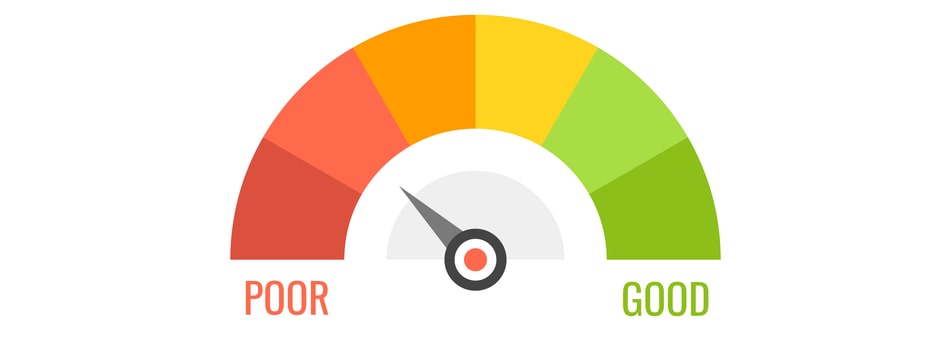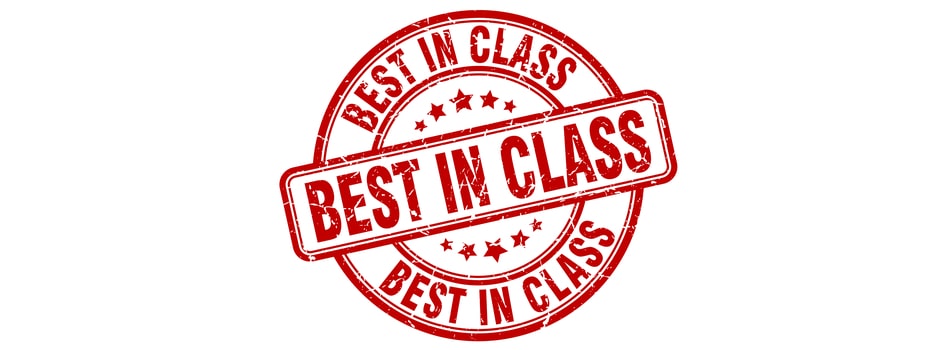I have benchmarked supply chains for businesses all over the world for 25 years or so and have seen some incredible results. If you’ve never done a benchmarking exercise before, read on. You will learn how you can significantly boost your supply chain performance—and in the process identify numerous cost-saving opportunities.
The Benefits of Benchmarking

You might be wondering what the benefits are of benchmarking. Well, imagine you are training for a 100 metre sprint in your district. What would be the key number, or metric that you would need to know?
It would, of course, be what the winning time was when this race was last run in your district. Without that information, you don’t know what you’re trying to target. It would be impossible to know if you’ll have any chance at all of winning the race.
It’s exactly the same in business. If, for example, you are concerned about the pick rates in your warehouse, or your transport costs, or your inventory accuracy, benchmarking can help you because it can show you exactly where your performance is compared to others in your industry.

It would show you the size of the gap, or in benchmarking language, the size of the prize.
Case Study: An Automotive Parts Business

A few years ago, I was working with an automotive parts business. They had a little issue with their picking productivity in the warehouse. They wondered how good it was, whether they could improve it. They actually thought it was okay.
We looked at the figures and compared them with other businesses. This helped us realise that their picking productivity should be three times better than it was. And believe it or not, over a few months they did begin to improve their productivity.
Why? Because benchmarking opened their eyes to the fact that they were at a level quite far below others in the industry.
That’s the beauty of benchmarking. Until you know what others are doing, you can’t be sure how good your performance is.
If you’ve never tried benchmarking, there are three ways you could do it.
1. Informal Benchmarking
This exercise would involve you measuring particular functions or aspects of your business and comparing that against other parts of your business. Let’s say you have a warehouse operating in one city and another operating in another city. You might start to measure the same metrics and see which one is performing better.
You might share information on the processes. So, if warehouse B has better pick rates than warehouse A, you would ask: ‘What are you doing differently to achieve those results?’
You might know other people in the industry who are also operating warehouses so you might agree to share some data with them.
This is probably the easiest way to start off, but it has some downsides:
- You’re only measuring against a very small sample size. If all of you in the pool are not that good, how would you know what good is?
- You have to make sure that the businesses are similar and you are measuring things in exactly the same way. It’s very important in benchmarking to have a standard way of applying the metric.
2. Formal Benchmarking

This can work for much larger businesses. Perhaps you have operations in many different countries. You could agree a formal structure for how you are going to measure performance. You could do monthly or quarterly benchmarks with all the parts of your international organisation. You could learn from each other and share best practice.
This method is okay but you’re not getting access to a very large pool of results to measure yourself against. You will find that companies are very reluctant to give out benchmarking data. You might also be operating in an environment where the performance is quite low right across the business.
3. Hire a Professional Benchmarking Firm
This is the ultimate way to do it, although there are not a lot of professional benchmarking firms such as ours around. If you do manage to find one, you will quickly realise that there are significant benefits to be had by bringing in the professionals:
The metrics are put together in exactly the same way: When we do a benchmarking exercise for our consulting clients, we go through a very robust data-gathering process and then make sure all the costs, for example, are in the same buckets as everyone else’s in the database.
You gain access to a big pool of results: Professionals have measured hundreds, if not thousands, of companies. This enables you to say, ‘Our company is this size, it operates in this industry, these are the characteristics of our supply chain, who else in that pool of results is like us? We want to be measured against them.”

It’s no good measuring the performance of a grocery retailer, for example, against an industrial product supplier. They have different supply chains. You need to be measuring like with like.
The results you get will be statistically valid: This is very important. You want to know that the results are right. If the professional company says your results are at level B when they should be at Level A, you know that that’s a valid comparison.

They will also identify the best-in-class level, the average level, and the below parity level, so you will know exactly where you stand. They will also quantify how much the benefit will be if you aim for a higher level.
Go on, Give Benchmarking a Go
If you’ve never tried a benchmarking exercise, why not give it a go, at least at the informal level? Once you begin measuring the metrics and comparing yourself with others, you will get some real eye-openers on how you can do much better.
It’s not uncommon for a business benchmarking exercise to expose opportunities to reduce costs by 10 to 14 percent—and effect customer service improvements of up to 18 percent.
If you found this article useful, you may want to know that it is based on a Supply Chain Secrets YouTube video.
There are heaps of videos on benchmarking and KPIs on the channel, with new ones coming out all the time. If you subscribe now, you’ll always be up to date with our latest tips and insights.


